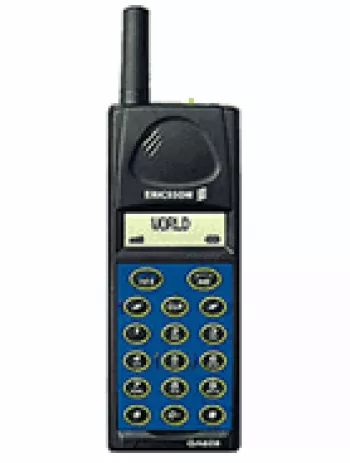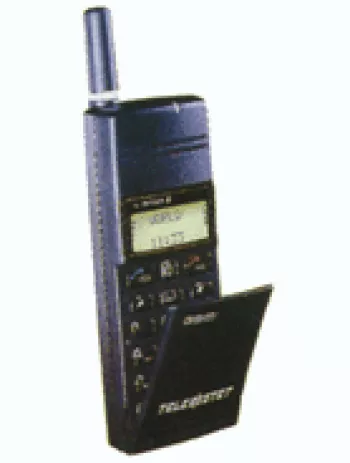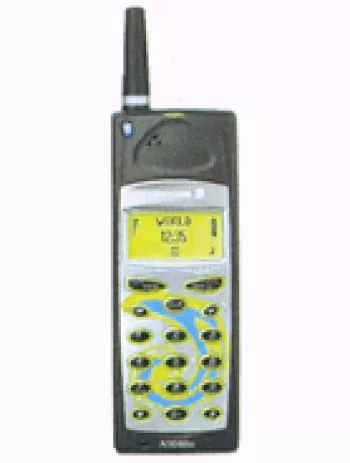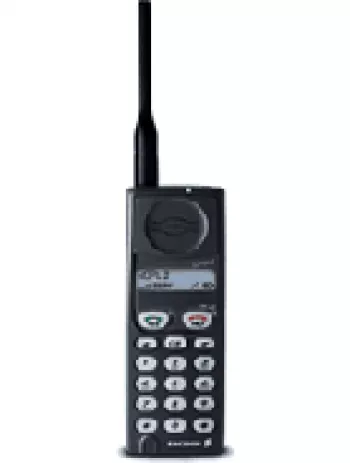
Overview of Ericsson SH 888
The Ericsson SH 888, introduced in 1998, was a groundbreaking mobile phone that represented a leap forward in mobile communication technology of its time. Despite its discontinuation, the SH 888 is remembered for its innovative features and robust design, which helped set the stage for future mobile device advancements. This article delves deeply into the various aspects of the Ericsson SH 888, elaborating on its specifications, design, communication capabilities, and historical significance in the mobile telecommunications industry.
Design and Build
The Ericsson SH 888 featured a distinctive design, characteristic of late 1990s mobile devices. With dimensions of 130 x 49 x 22 mm and weighing 195 grams, it was considered relatively bulky compared to today's smartphones, yet it embodied a sense of durability and sturdiness. This rugged build was complemented by the device's Mini-SIM card slot, a key feature at the time which allowed users considerable flexibility in managing their mobile communication services.
Display
The display on the Ericsson SH 888 was alphanumeric, with a resolution that accommodated 3 x 12 characters. While modern standards would deem this basic, during its time, this display allowed users to perform essential mobile communication functions such as typing SMS and entering phone numbers with ease. The contrast and readability were optimized for daylight usage, which was an important feature for business users and frequent travelers.
Network and Connectivity
The SH 888 operated on GSM technology and supported 2G bands GSM 900/1800. While this may seem limited now, GSM networks were rapidly expanding globally in the late 1990s, making the SH 888 a versatile device for international travelers. The absence of GPRS and EDGE technologies was typical of mobile devices at the time since data services were just emerging.
One of the most notable communication features was its infrared port, allowing it to exchange data with compatible devices wirelessly – a precursor to Bluetooth. However, it lacked Bluetooth, WLAN, and USB connectivity which later became standard in mobile devices.
Battery and Performance
Ericsson equipped the SH 888 with a removable NiMH 800 mAh battery. This battery capacity supported up to 80 hours of standby and 265 minutes of talk time, which was well-received at its launch. The removable nature of the battery meant users could carry spare batteries and easily replace them, ensuring extended usage time without the need for frequent recharging – an essential feature during that era.
Operating System and Features
Functioning as a feature phone, the SH 888 did not boast a complex operating system like today's smartphones. However, it was equipped with practical features for efficient communication. Users could store up to 100 contacts in its phonebook and enjoy basic SMS messaging, offering a convenient communication method without the advanced multimedia functions of modern phones.
Other features included monophonic ringtones, a composer for custom ringtones, and a selection of 24 languages. Despite the absence of a web browser, apps, or advanced features like positioning systems or cameras, the SH 888 was equipped with essential tools for everyday use, such as a clock and alarm functionality.
Historical Significance
The introduction of the Ericsson SH 888 marked a significant point in mobile phone evolution. Not only did it provide users with reliable communication capabilities and international roaming, but it also embodied technological innovations that would pave the way for subsequent mobile devices. The infrared technology used for data transfer was particularly notable, influencing future advancements in wireless communication technologies.
The SH 888 signaled Ericsson's growing influence in the mobile market during the late 1990s. As one of the few devices offering dual-band GSM support, it highlighted the importance of mobile devices designed for global communication – an essential concept that remains relevant today.
Conclusion
While technology has rapidly progressed since the Ericsson SH 888's release, its impact remains clear. The device not only met the communication needs of its time but also set a precedent for the integration of global connectivity and basic data transfer technologies in mobile phones. Its durable design, essential features, and innovative communication capabilities reflect a period of significant growth and adaptation in mobile technology, laying the foundation for the smartphones we use today.
Key Features of Ericsson SH 888
- GSM Technology supporting GSM 900 / 1800 bands
- Compact dimensions: 130 x 49 x 22 mm
- Infrared port for wireless connectivity
- Alphanumeric display with a resolution of 3 x 12 chars
- Phonebook capacity of up to 100 entries
- Monophonic ringtones with composer option
- Multilingual support with 24 languages available
- Reliable battery with up to 265 minutes of talk time
- Removable NiMH 800 mAh battery
Ericsson SH 888 Key Disadvantages
- Lack of GPRS and EDGE support for data transmission.
- Discontinued model with no ongoing support.
- Bulky and heavy design with a weight of 195 g.
- Limited display resolution of only 3 x 12 characters.
- No expandable memory or card slot for additional storage.
- Absence of a camera feature.
- No loudspeaker or 3.5mm audio jack for external sound output.
- Limited communication features with no WLAN, Bluetooth, or GPS.
- No FM radio support for entertainment.
- No built-in games for leisure.
- Short standby time of only 80 hours.
View Also
More Phones
All Rights Reserved +14266 Phones © Mobilawy 2025

























